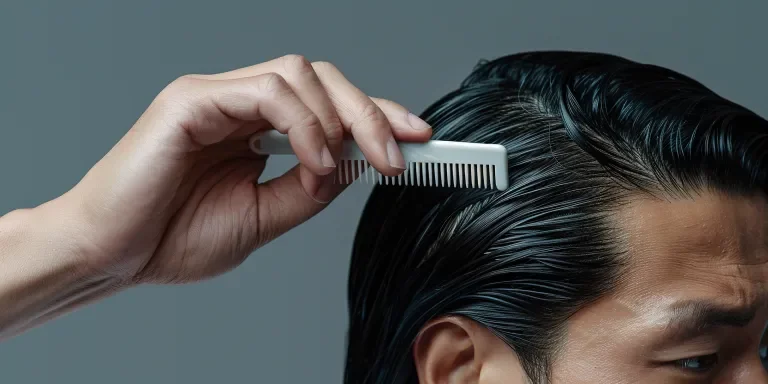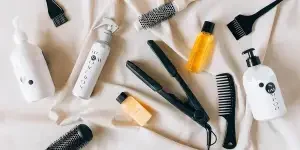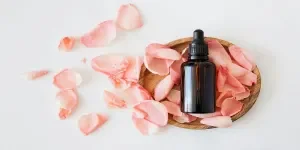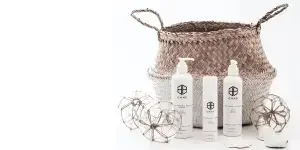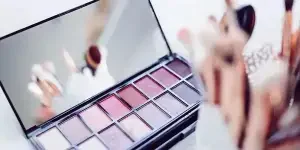As we step into 2025, the beauty industry continues to evolve, with the Root Touch Up market experiencing significant growth and transformation. This segment, which caters to consumers seeking quick and effective solutions for maintaining their hair color, is witnessing a surge in demand driven by technological advancements and changing consumer preferences. In this article, we delve into the current state of the Root Touch Up market, exploring key trends and insights that are shaping its future.
Table of Contents:
– Market Overview
– Personalized and Customizable Solutions: The New Norm
– Bold and Unconventional Shades: Making a Statement
– Embracing Gray: Confidence and Authenticity
– Conclusion: The Future of Hair Color
Market Overview
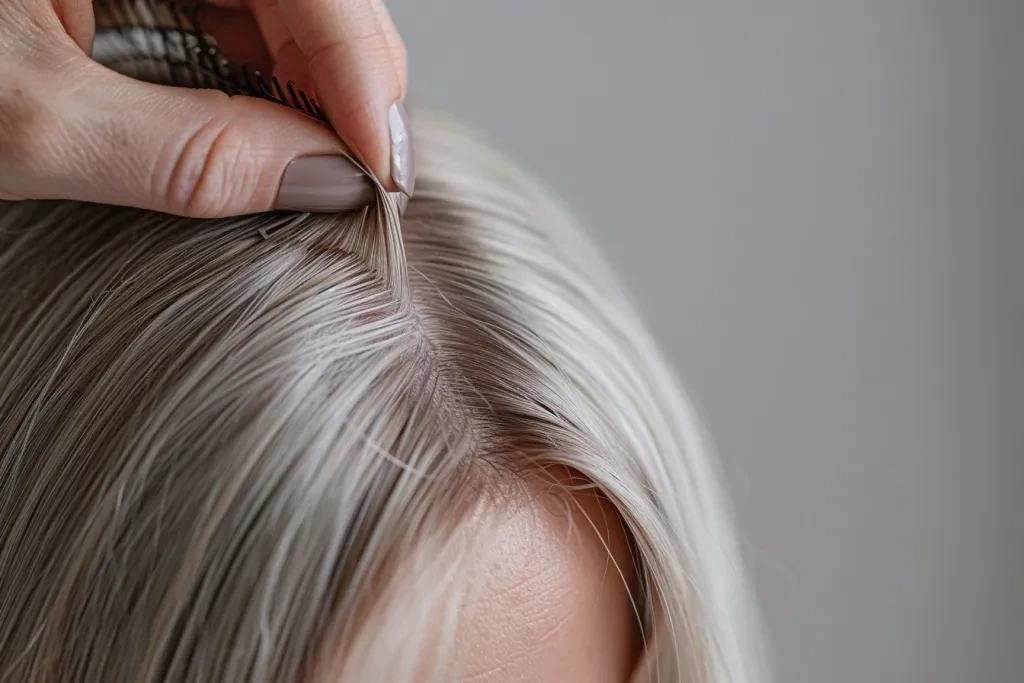
The Rise of Personalized Hair Color Solutions
The Root Touch Up market is thriving, fueled by a growing consumer desire for personalized and customizable hair color solutions. According to a recent report by Research and Markets, the global hair color market is projected to grow from $25.8 billion in 2024 to $38.01 billion by 2028, at a compound annual growth rate (CAGR) of 10.2%. This growth is largely attributed to the increasing demand for products that cater to individual preferences and the rise of innovative technologies that enhance the hair coloring experience.
Consumers are no longer satisfied with generic hair color options. They seek shades that resonate with their unique personalities, moods, and style preferences. This trend has led to the development of color-matching technologies and virtual try-on tools, allowing consumers to experiment with different shades before committing to a specific color. Brands are responding by offering a wider spectrum of shades to cater to diverse skin tones, ethnicities, and cultural backgrounds, promoting inclusivity and enabling consumers to find their perfect match.
The Convenience of At-Home Hair Coloring
The convenience and accessibility of at-home hair coloring solutions have significantly contributed to the growth of the Root Touch Up market. With busy lifestyles and the ongoing impact of the COVID-19 pandemic, many consumers prefer the ease and comfort of coloring their hair at home. This trend is supported by the availability of user-friendly application techniques, comprehensive tutorials, and virtual try-on tools that empower individuals to take creative control of their hair color.
A professional report highlights that the DIY hair transformation trend is on the rise, with consumers increasingly experimenting with color from the comfort of their homes. Brands are capitalizing on this trend by offering products that are easy to apply and deliver salon-quality results. The introduction of AI-powered hair dye technologies, such as L’Oreal’s Colorsonic, has further revolutionized the at-home hair coloring experience, providing consumers with precise and personalized color applications.
Embracing Gray Hair and Bold Colors
An intriguing trend within the Root Touch Up market is the celebration of gray hair and the popularity of bold, unconventional colors. Gray and silver shades, once associated solely with aging, have become symbols of confidence and authenticity. Consumers are embracing their natural graying process and choosing to enhance, rather than conceal, their silver strands. Brands have responded by introducing specialized products that enhance and maintain gray and silver hues, catering to a demographic that values their unique beauty.
Simultaneously, the era of traditional hair colors has given way to a vibrant array of unconventional shades that challenge norms and expectations. Bold colors like blues, pinks, purples, and even rainbow hues have surged in popularity. This trend is closely linked to the rise of individualism and self-expression, with consumers using hair color as a means to make striking statements and stand out from the crowd. Social media platforms and the influence of celebrities and influencers have contributed to the normalization of these once-unconventional shades.
In conclusion, the Root Touch Up market is poised for continued growth and innovation, driven by the demand for personalized solutions, the convenience of at-home coloring, and the celebration of unique and bold hair colors. As brands continue to innovate and cater to evolving consumer preferences, the future of hair color solutions looks brighter than ever.
Personalized and Customizable Solutions: The New Norm
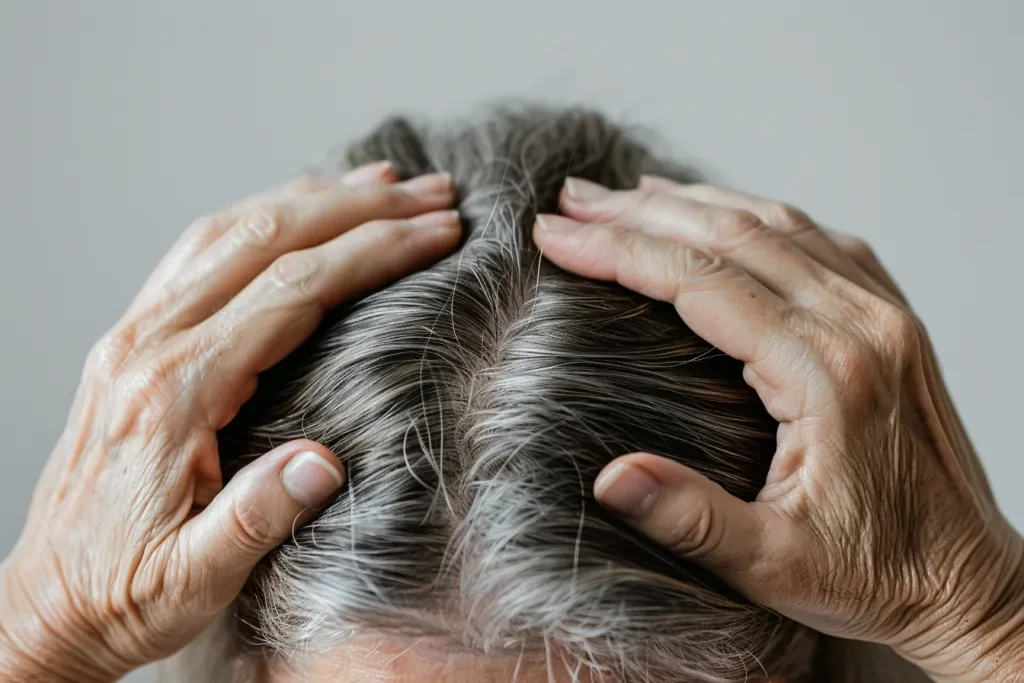
In 2025, the hair color market is witnessing a significant shift towards personalized and customizable solutions. Consumers are no longer satisfied with one-size-fits-all hair colors; they seek shades that resonate with their unique personalities, moods, and style preferences. This trend has led to innovations such as color-matching technologies and virtual try-on tools. These tools empower consumers to experiment with different shades before committing to a specific color. Brands like L’Oréal and Schwarzkopf have introduced virtual try-on tools that allow users to see how different colors will look on their hair, enhancing the decision-making process.
Moreover, brands are offering a wider spectrum of shades to cater to diverse skin tones, ethnicities, and cultural backgrounds, promoting inclusivity and enabling consumers to find their perfect match. For instance, Clairol’s “”My Shade”” campaign focuses on providing a broad range of shades that cater to various skin tones, ensuring that every consumer can find a color that suits them. This inclusivity is not just a marketing strategy but a reflection of the broader cultural shift towards celebrating uniqueness and defying traditional beauty norms.
Innovations in Color-Matching Technologies
The rise of color-matching technologies has revolutionized the hair color market. These technologies allow consumers to find the perfect shade that complements their skin tone and personal style. Brands like eSalon have taken this a step further by offering personalized hair color kits that are custom-mixed based on the consumer’s hair profile and preferences. This level of customization ensures that consumers get a shade that is uniquely theirs, enhancing their overall satisfaction with the product.
Virtual Try-On Tools: Experiment Before Commitment
Virtual try-on tools have become a game-changer in the hair color market. These tools use augmented reality to show consumers how different hair colors will look on them, allowing them to experiment with various shades without any commitment. Brands like Garnier and Madison Reed have integrated these tools into their websites and mobile apps, making it easier for consumers to visualize their new look. This not only enhances the shopping experience but also reduces the likelihood of dissatisfaction with the final result.
Inclusivity in Shade Ranges
Inclusivity has become a key focus for many hair color brands. Recognizing the diverse needs of consumers, brands are expanding their shade ranges to cater to different skin tones and ethnicities. For example, Revlon’s “”Colorsilk”” range includes shades specifically designed for darker skin tones, ensuring that every consumer can find a color that suits them. This commitment to inclusivity not only broadens the customer base but also fosters a sense of belonging among consumers.
Bold and Unconventional Shades: Making a Statement
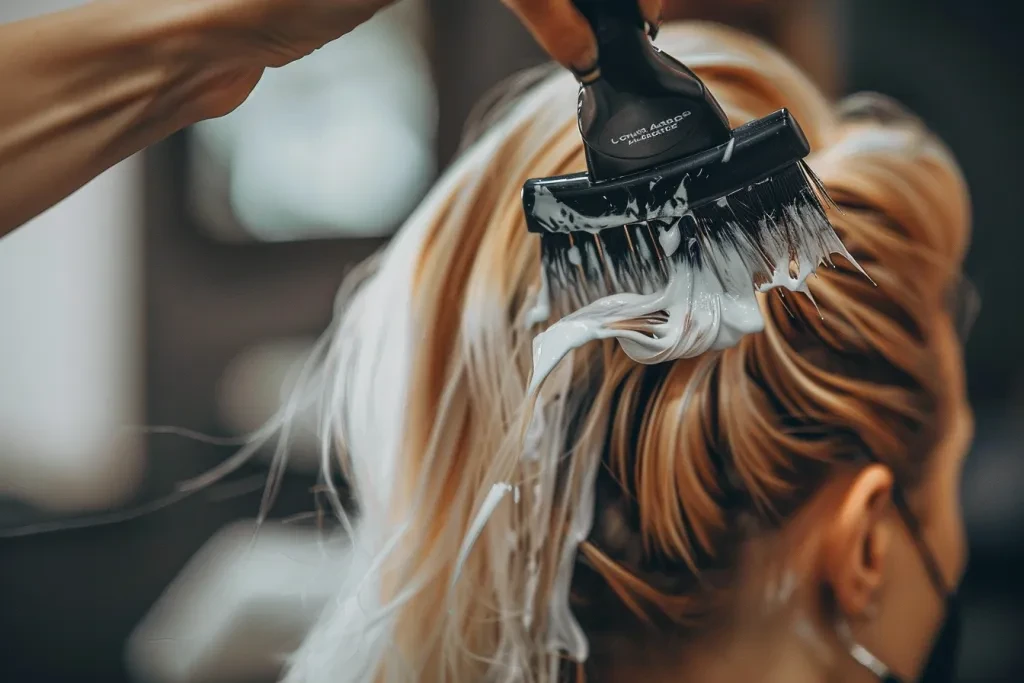
The era of traditional hair colors has given way to a vibrant array of unconventional shades that challenge norms and expectations. Bold colors like blues, pinks, purples, and even rainbow hues have surged in popularity. This trend is closely linked to the rise of individualism and self-expression, with consumers using hair color as a means to make striking statements and stand out from the crowd. Social media platforms and the influence of celebrities and influencers have contributed to the normalization of these once-unconventional shades.
The Influence of Social Media and Celebrities
Social media platforms like Instagram and TikTok have played a significant role in popularizing bold and unconventional hair colors. Influencers and celebrities often showcase their vibrant hair transformations, inspiring their followers to experiment with similar looks. Brands like Manic Panic and Arctic Fox have capitalized on this trend by offering a wide range of bold and vibrant hair colors that cater to the adventurous spirit of today’s consumers.
The Rise of Pastels and Neons
Pastel and neon shades have become particularly popular among consumers looking to make a statement with their hair color. Brands like Lime Crime and Good Dye Young offer a variety of pastel and neon shades that allow consumers to express their individuality. These shades are not just limited to young consumers; they have also gained popularity among older demographics who are embracing their unique style and defying traditional beauty norms.
Rainbow Hues: A Celebration of Individuality
Rainbow hair, which involves dyeing the hair in multiple vibrant colors, has become a symbol of individuality and self-expression. This trend has been embraced by both consumers and brands, with companies like Pravana offering specialized products for achieving the perfect rainbow hair. This trend aligns with the broader cultural shift towards celebrating uniqueness and defying traditional beauty standards.
Embracing Gray: Confidence and Authenticity
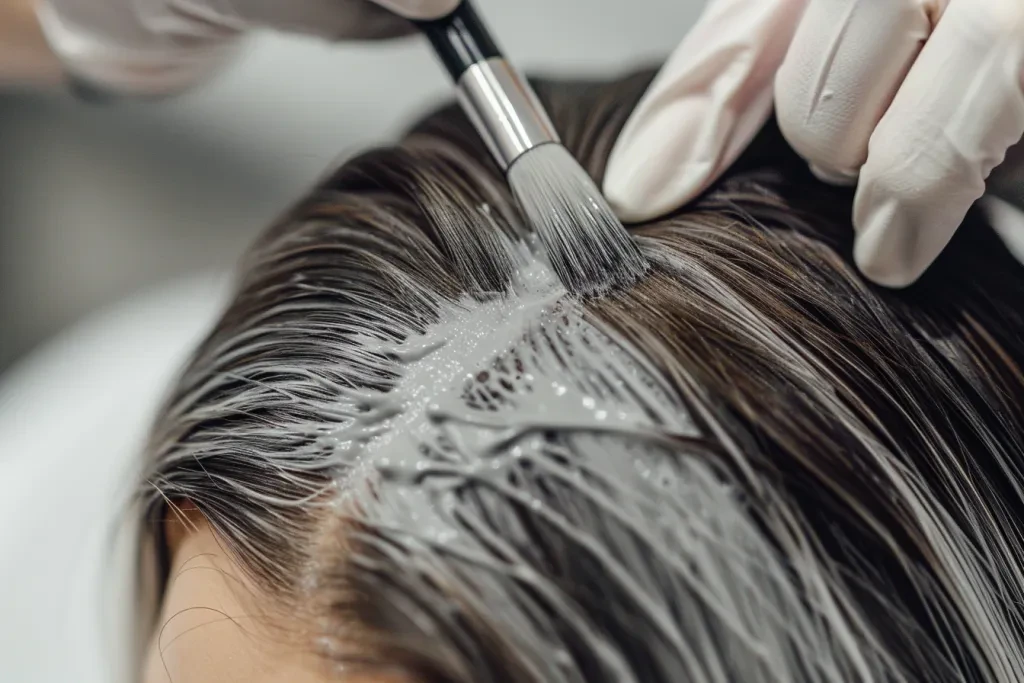
An intriguing trend within the hair color market is the celebration of gray hair. Gray and silver shades, once associated solely with aging, have become symbols of confidence and authenticity. Consumers are embracing their natural graying process and choosing to enhance, rather than conceal, their silver strands. Brands have responded by introducing specialized products that enhance and maintain gray and silver hues, catering to a demographic that values their unique beauty.
Specialized Products for Gray Hair
Brands like Aveda and Redken have introduced specialized products designed to enhance and maintain gray and silver hair. These products often contain ingredients that nourish and protect the hair, ensuring that the gray color remains vibrant and healthy. This focus on gray hair care reflects a broader trend towards embracing natural beauty and aging gracefully.
The Symbolism of Gray Hair
Gray hair has become a symbol of confidence and authenticity, with many consumers choosing to embrace their natural graying process. This trend is particularly evident among older demographics who view their gray hair as a reflection of their life experiences and wisdom. Brands like L’Oréal and Clairol have recognized this shift and have introduced campaigns that celebrate gray hair and the beauty of aging.
Enhancing Natural Beauty
The trend towards embracing gray hair is part of a broader movement towards enhancing natural beauty. Consumers are increasingly seeking products that enhance their natural features rather than altering them. This shift is reflected in the growing popularity of products that enhance natural hair textures and colors, allowing consumers to celebrate their unique beauty.
Conclusion: The Future of Hair Color
The hair color market in 2025 is characterized by a focus on personalization, bold and unconventional shades, and the celebration of natural beauty. Innovations in color-matching technologies and virtual try-on tools have empowered consumers to find their perfect shade, while the rise of bold colors and the embrace of gray hair reflect a broader cultural shift towards individuality and authenticity. As the market continues to evolve, brands that prioritize inclusivity, customization, and the celebration of natural beauty are likely to thrive.
